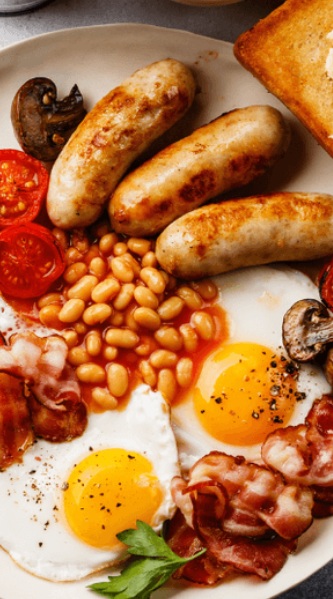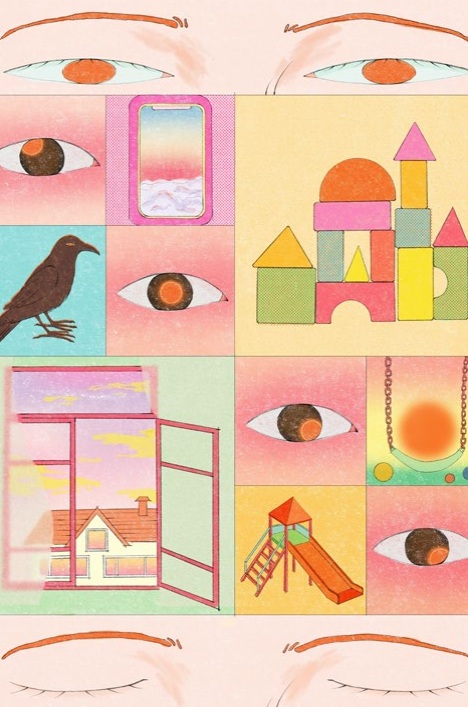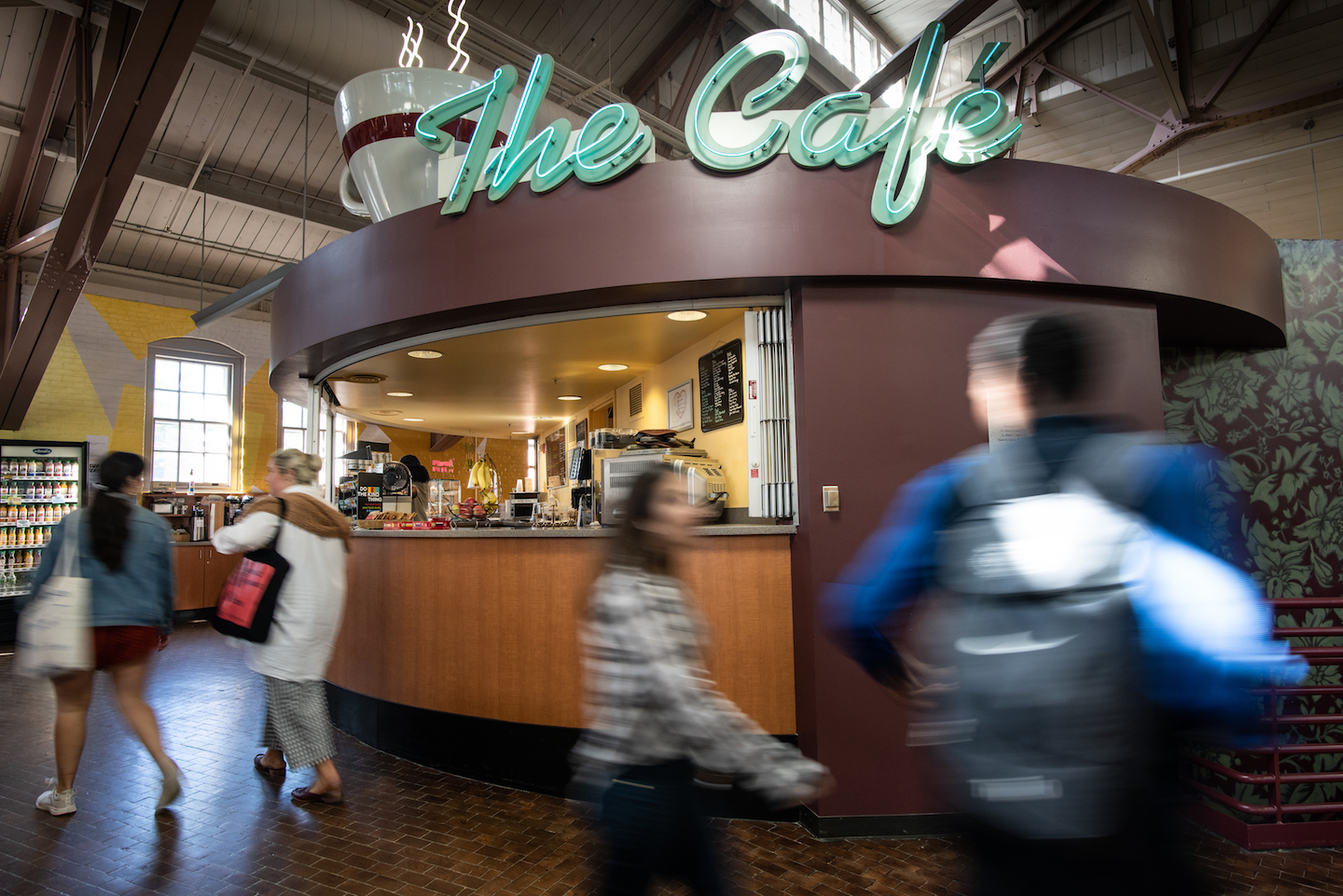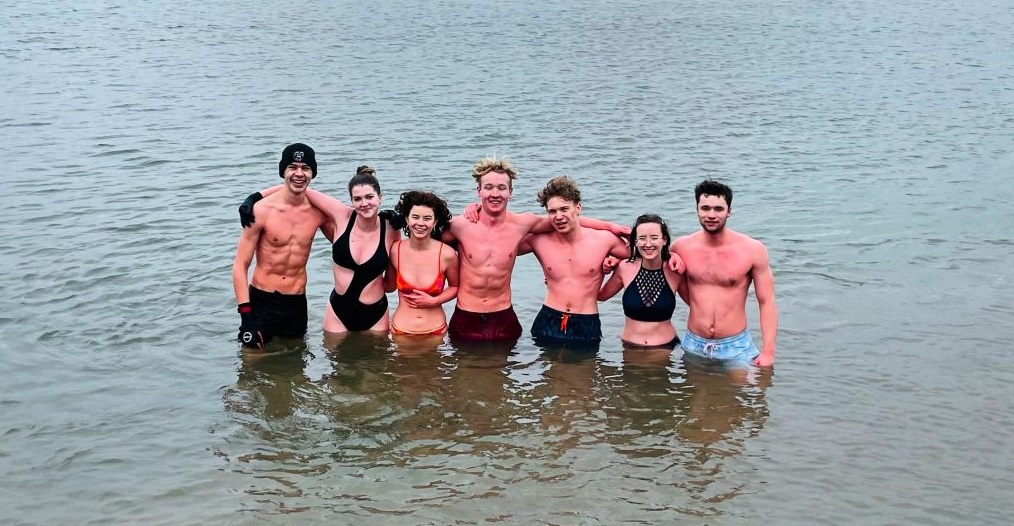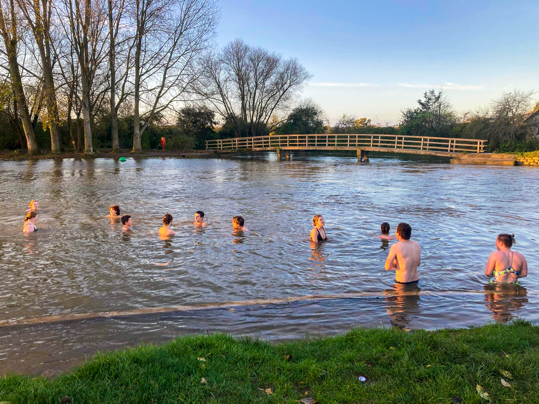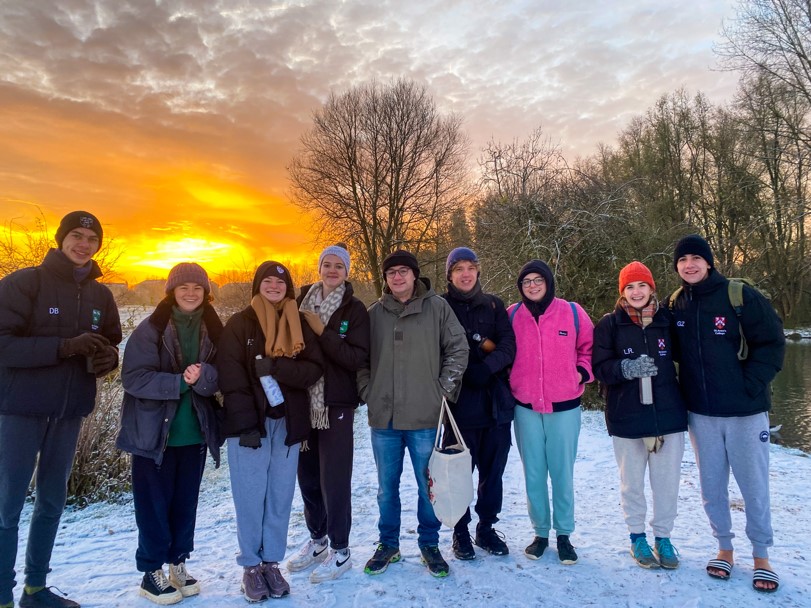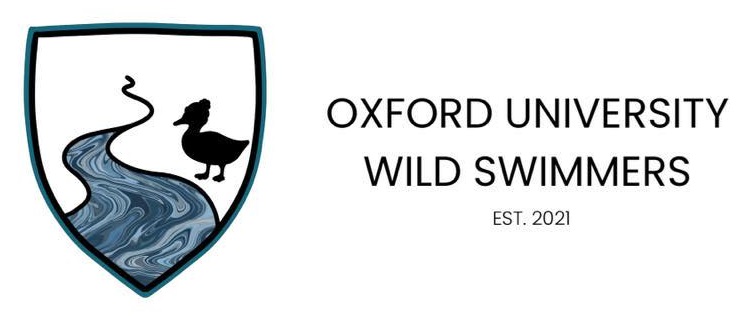2026 General Fund Revenue & Expenditures: $1.738B $ Integrated Facilities and Land Use
MSU receives record-breaking $401 million commitment
Why Does The Modern World Make No Sense?
“…Hot cocoa and hot chocolate are terms that we often used interchangeably. Technically, hot cocoa and hot chocolate are as different as milk chocolate and bittersweet chocolate. Hot cocoa is made with cocoa powder, the way my mother made it when I was a kid. Hot chocolate is made from melting chocolate bars into cream…”
Plant science at your dinner table: Hot chocolate vs. hot cocoa
You’ve never heard the fight song like this.
MSU College of Music students, faculty and alumni picked up classroom instruments and turned them into something unforgettable.
No sheet music. No rehearsal. Just serious music skills and some Spartans Will. pic.twitter.com/a1yPaLXLDQ
— MSU (@michiganstateu) July 31, 2025








